What to see, where to eat and all the essential info you need for visiting Uluru in Australia’s Red Centre.
Getting There & Around
Some visitors chose to drive from Alice Springs (approx. 6 hours away) but you can also fly into Ayers Rock Connellan Airport with airlines including Qantas and Virgin Australia. Passengers on the left hand side of the plane get a great view of Uluru as you fly in but everyone gets as breath-taking first glimpse as they come to exit the plane.
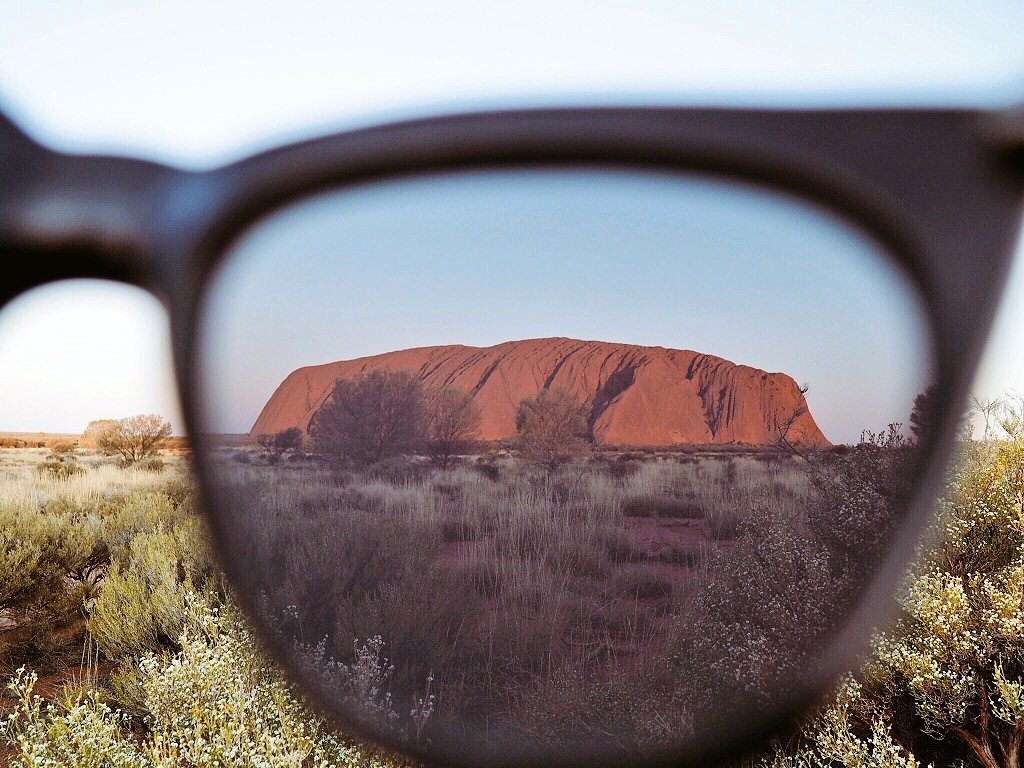
Ayers Rock airport is very small (as you might expect!). If you’re hiring a car head to the desk as soon as you land as queues can be long. Similarly there is a long wait for airport security before departing flights, so if you’re driving yourself wait until all the shuttle buses have left the resort before leaving for the airport.
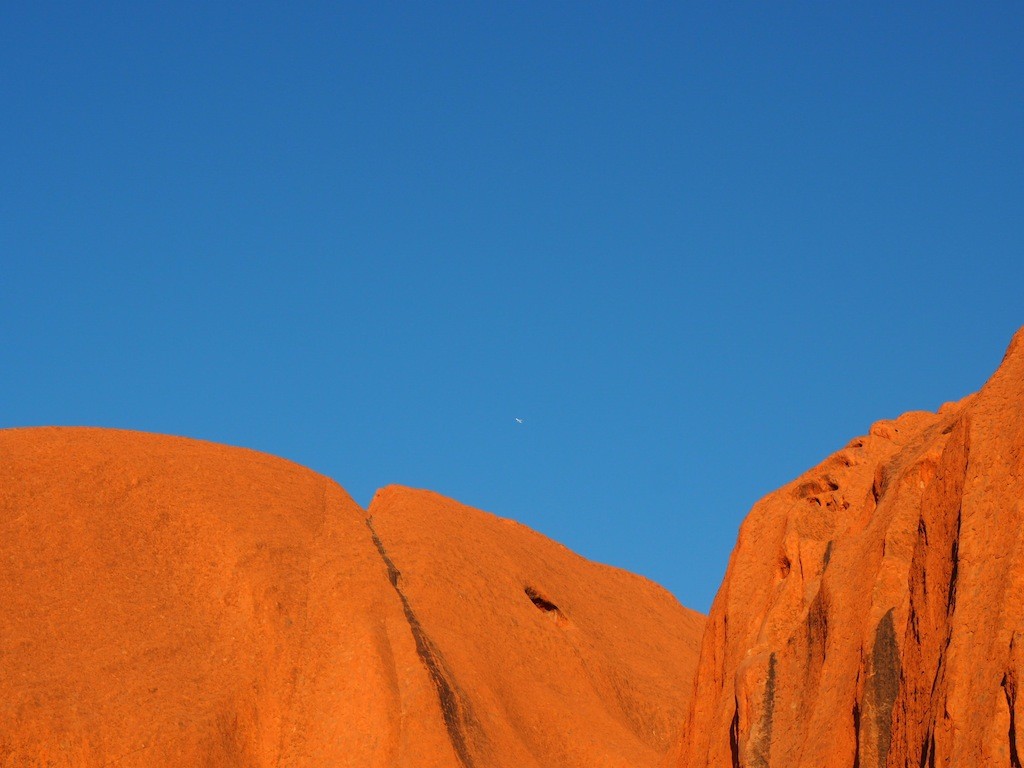
In terms of getting around we hired a car through Avis for 4 days. There’s ample free parking at Yulara (the town at Ayers Rock) and around Uluru-Kata Tjuta National Park. There is no service station at the airport though so remember to fill up on fuel at Yulara before returning the vehicle.
There is a free shuttle from the airport to the Ayers Rock Resort (approx. 10 minutes drive away) as well as regular free shuttle buses, which loop around the resort approx. every 20 minutes. If you don’t hire a car you’ll need to book a bus transfer to get you to and from the National Park. (Uluru is approx. 20kms from Yulara/Ayers Rock Resort and Kata Tjuta is 50kms away.)
What To Wear
The best $7.50 you can spend in the Northern Territory is on a fly net. We laughed upon arrival at the tourists wearing the strange looking contraption but after swallowing 20 flies during the process of taking 1 photo we soon changed our minds. Head to the newsagents at Yulara Town Square and purchase a net straightaway.

In terms of clothing think; cool layers that can protect you from the sun. You’ll need decent footwear for some of the walks (particularly at Kata Tjuta) but bring something you don’t mind getting a liberal dusting of red earth on.
What To See
Before visiting Uluru head to the Cultural Centre found in a traditional, mud-brick building inside the National Park. This small exhibition will give you an insight into the local customs and traditions as well as covering some of Uluru’s history and how the park is operated. (Find out more here.)
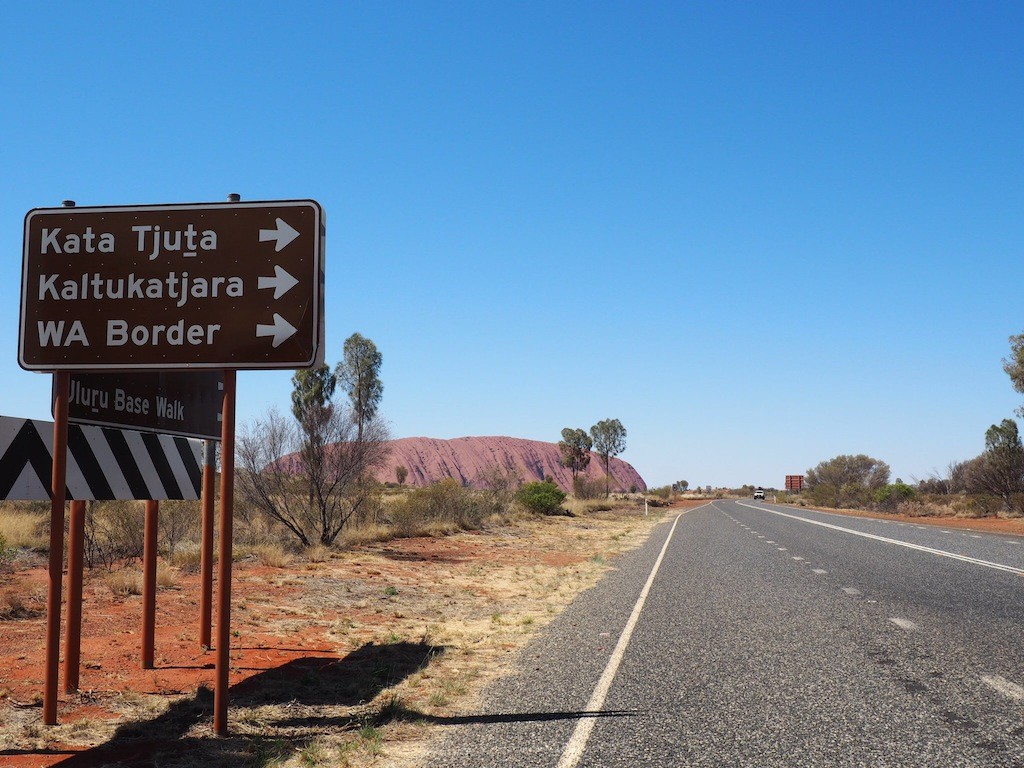
Then get up close to the world’s most famous monolith by doing the Uluru Base Walk. The full loop takes 3.5 hours so it’s best to start out before the sun gets scorching, or you can break it down into shorter manageable chunks like we did.
There are a couple of short walks to choose from near the base of the rock – the Mala Walk and the Kuniya Walk, which takes you to the Mutijulu Waterhole. The Lungkata Walk joins the two and takes about 30 minutes each way. Each walk offers you the opportunity to get up close to what is an outstanding aspect of geology whilst learning about Aboriginal culture from the signposts along the way.
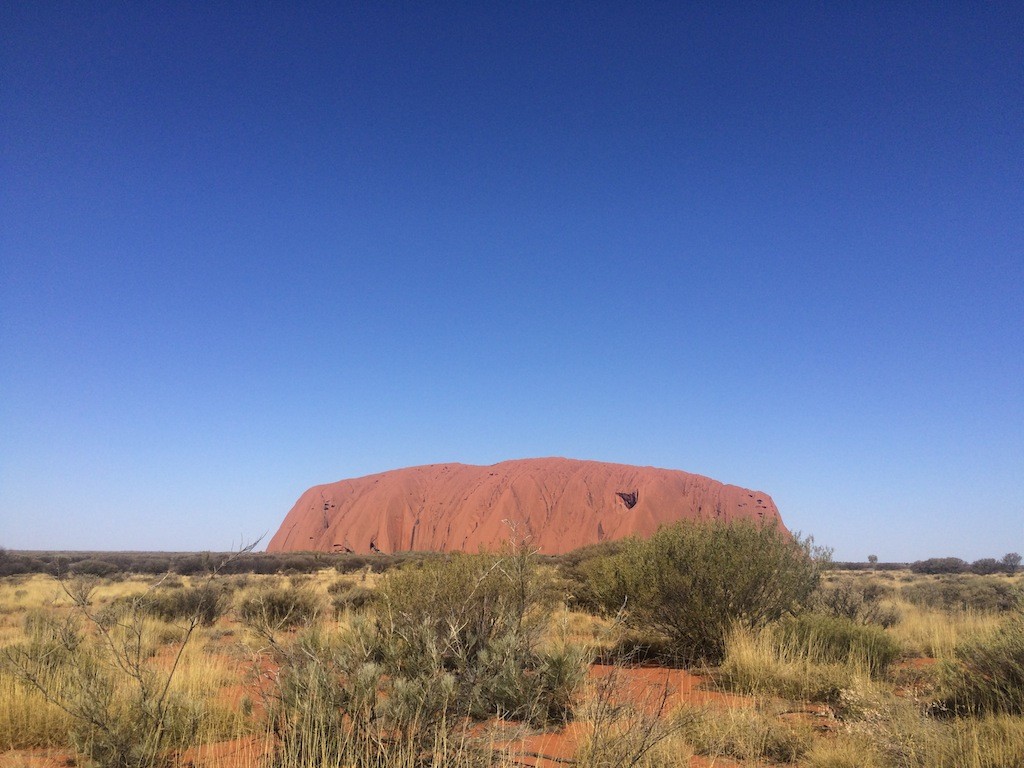
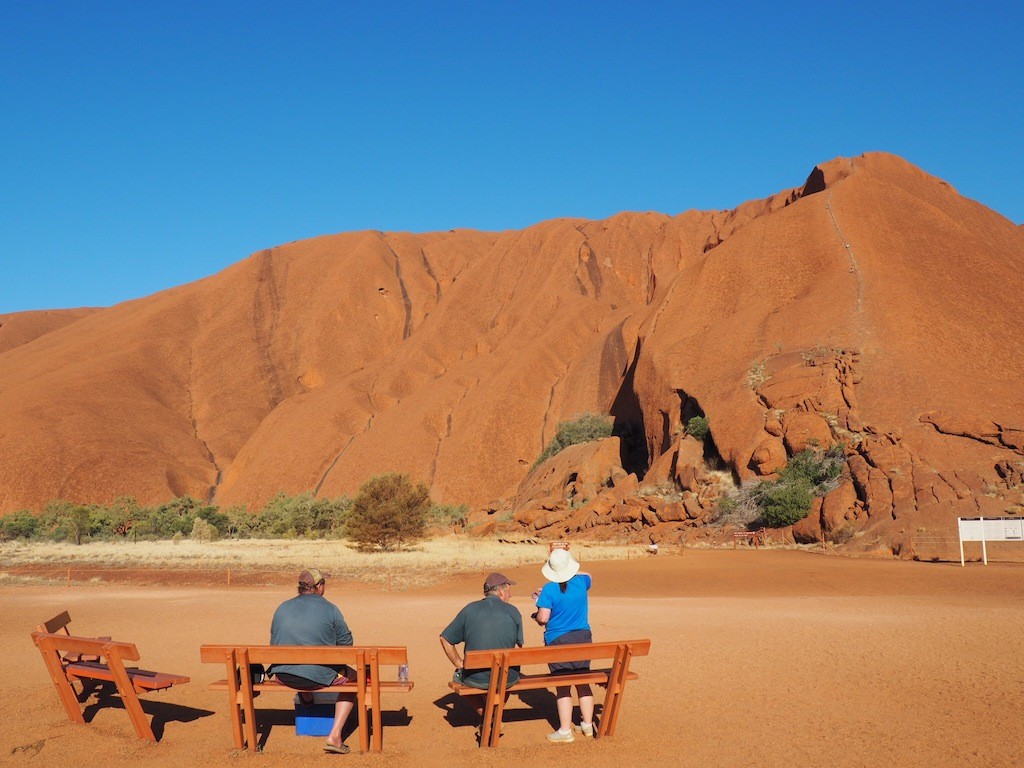
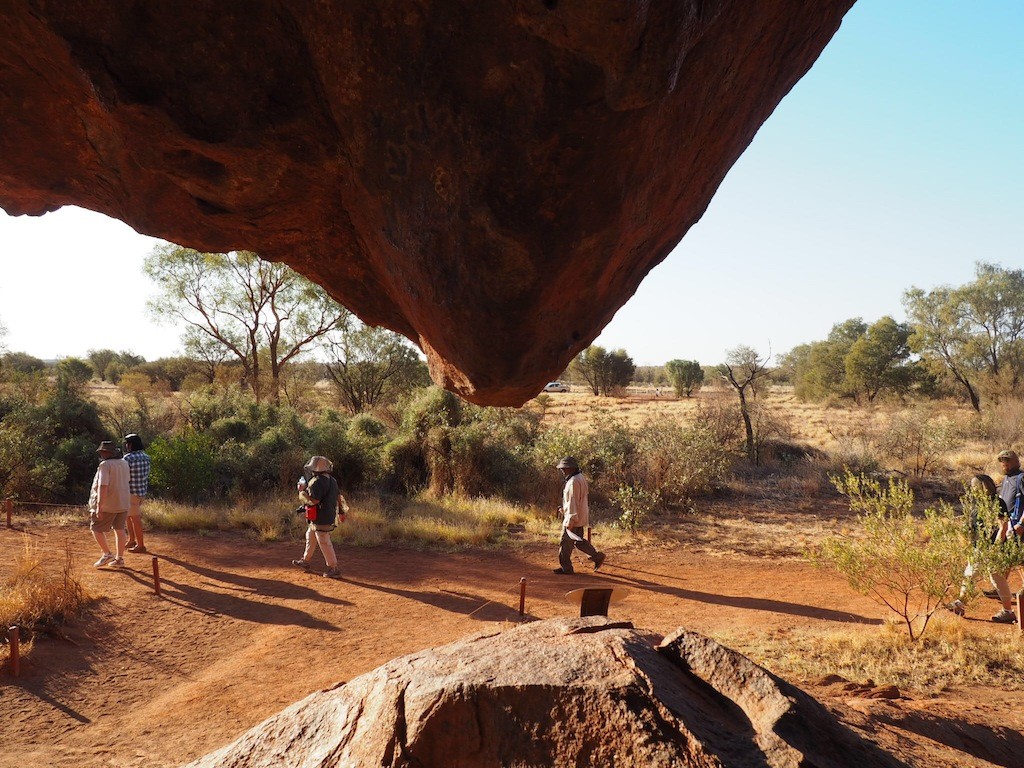
Different caves and crevices along Uluru’s edges are used for different ceremonies and occasions by the Anangu (local indigenous) people. I loved learning about the sections for elder men, ‘bush boys’ and the evident kitchen (you can see marks from the fires) where you would usually find the women! Please be respectful of the local people’s wishes and if you are asked not to photograph or enter a cave that is sacred be kind enough to do so.
Kata Tjuta (The Olgas) are a marvellous aspect of geology too. Situated 30kms west of Uluru they consist of 36 domes, the tallest of which is 546 metres high. The name ‘Kata Tjuta’ means ‘many heads’ in the local language and I think this sums it up well.


There are a couple of walks to choose from at Kata Tjuta too. The Walpa Gorge walk gives you the chance to get in-between the domes, whilst the Valley of The Winds walk to Karu Lookout offers great views of the valley. Both take approximately 1 hour – there is a full circuit you can do from Valley Of The Winds but this takes 4 hours and is often closed in hot weather – and are largely unshaded so take relevant precautions.
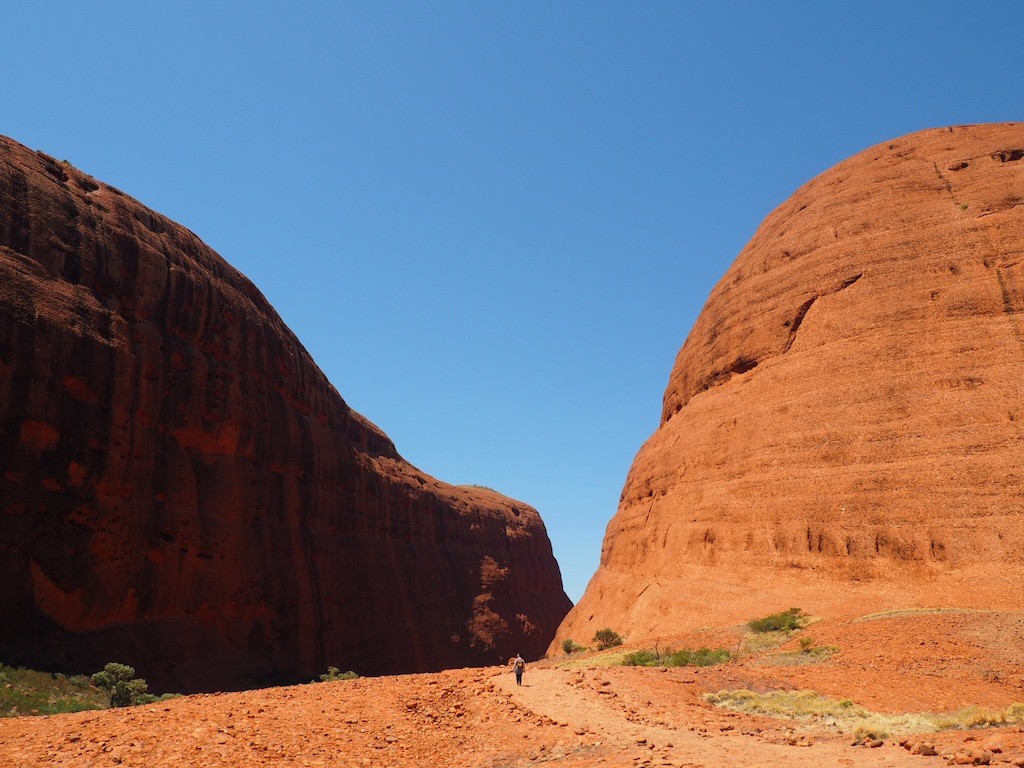
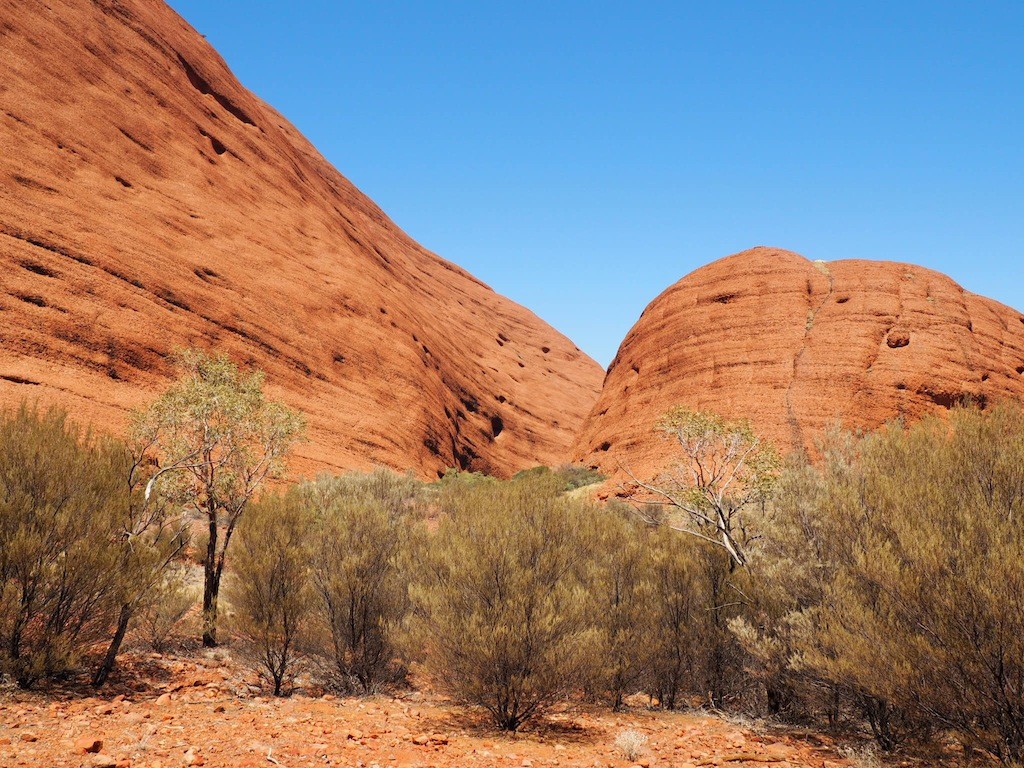
Dotted throughout the National Park are a variety of sunset and sunrise viewing platforms. If you have time, plan ahead so that you can see and sunrise and sunset at each sight (ideally with a cold beverage in hand) or take part in an experience outside the park that covers views of both Uluru and Kata Tjuta i.e. the Uluru Sunrise Camel Tour offers views of both in the first light, whilst Sounds of Silence is positioned to offer sunset views of both sights at the same time. (Read more here.)
Where To Stay
Ayers Rock Resort offers accommodation for every type of budget – from basic camping to 6-star luxury. We stayed at the very comfortable 5-star Sails In The Desert, where the rooms were stylishly decorated with indigenous art and facilities included a refreshing swimming pool.
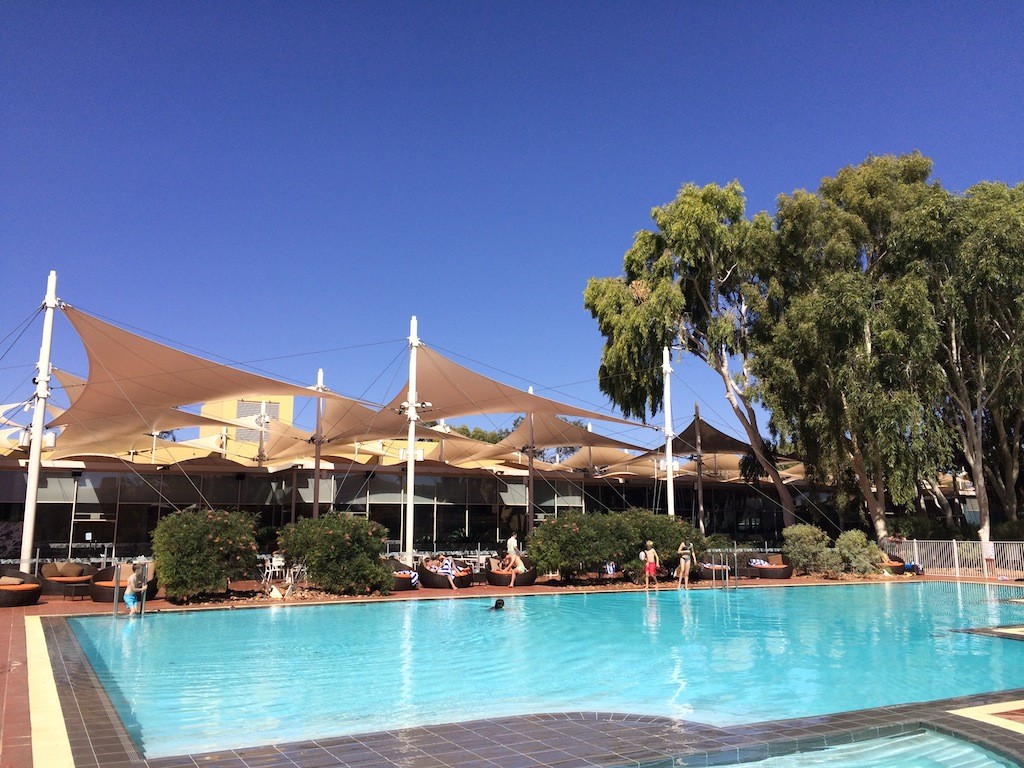
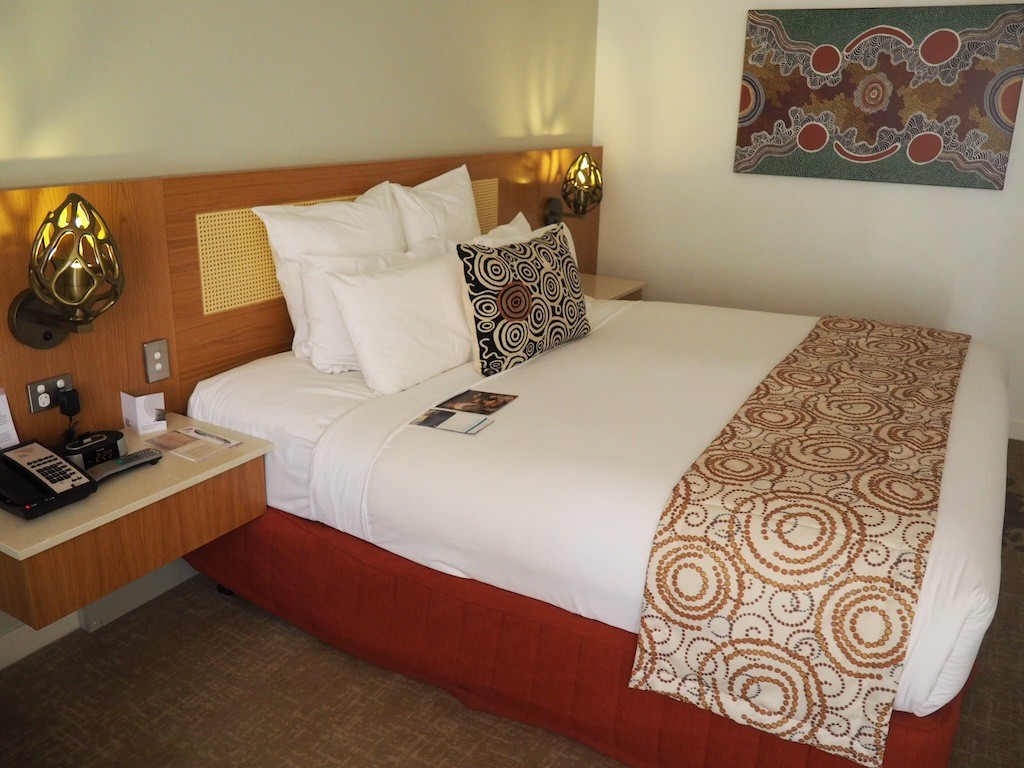
Where To Eat
The best meal we ate was at our hotel’s restaurant – Ikari at Sails In The Desert. For dinner they offer an interactive buffet which includes a chef’s station where you can order a variety of grilled meat in addition to the appetisers, sides and international dishes at the buffet. The dessert selection was seriously impressive too – I may have had more than 1 of the chai crème brulee plus dipped the odd piece of fruit in the chocolate fountain!
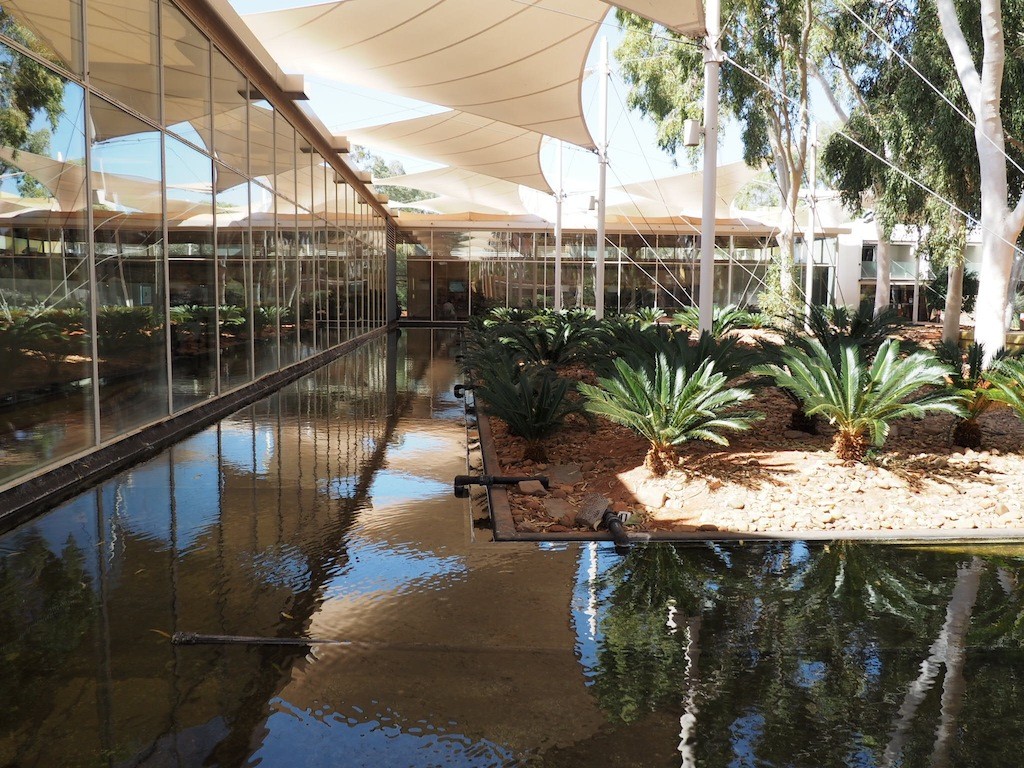
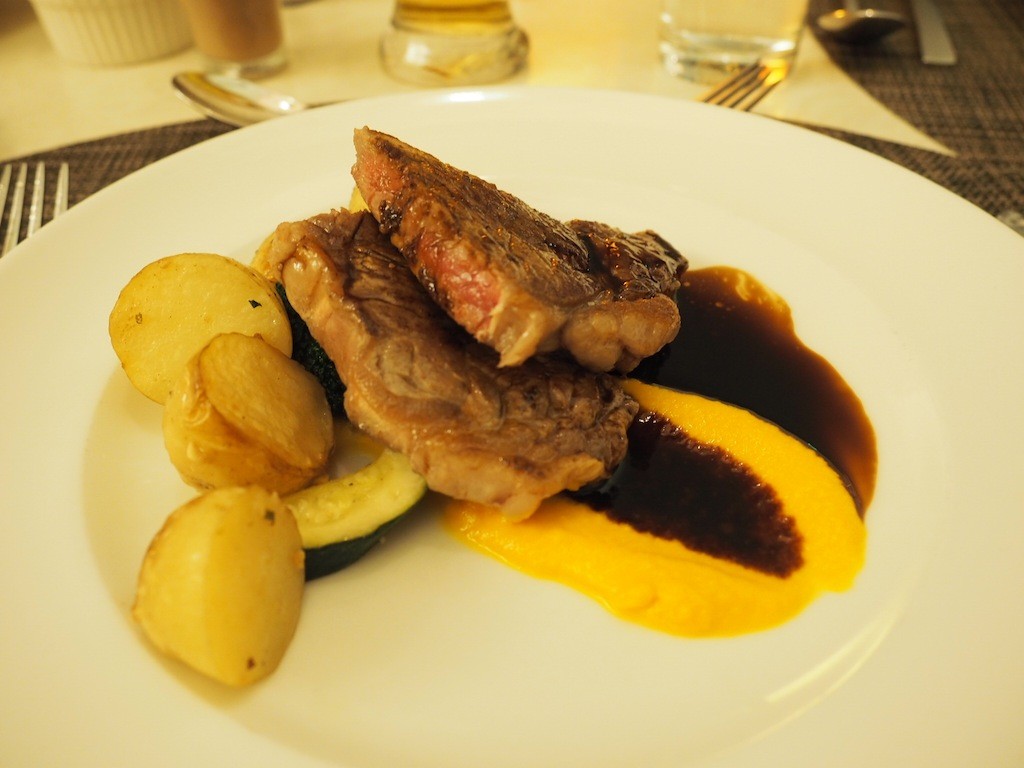
There are a number of eateries dotted around Ayers Rock Resort though, including the Geckos Café and Kulata Academy in Town Square. Kulata is an initiative that enables indigenous trainees the chance to learn hospitality skills. It also has the best coffee in Yulara (in my opinion) and longer opening hours than many of the resort restaurants. (Many stop serving lunch at 2pm which is inconvenient when your flight lands at that time!)
There is also an IGA in Town Square where you can buy meat for the bbq and sandwiches and snacks for road trips. Note: there is nowhere to buy alcohol outside of the licensed bars and restaurants.
Don’t forget to bring a refillable water bottle and keep it with you at all times. It’s recommended that you drink water every 15 minutes, even if you don’t feel thirsty, and aim to drink 1 litre every hour. There are water fountains at most of the car parks within the National Park so fill up before any walks.
How Much?
Some of the costs you’ll need to consider are:
Park Entry – $25 per person for 3 days or $32.50 for an annual pass. (You’ll need photo ID to purchase your pass and will be required to show both your pass and ID each time you enter the park.)
Fly Net – Essential! 2 for $15.
Fuel – Approx. $2.10 per litre at Yulara.
Experiences – There are a number of free experiences at Ayers Rock resort so pick up a leaflet from your hotel or the Tour and Information Centre. The Sounds Of Silence starlight dinner costs $195 per person, Uluru Camel experiences start from $80. Find out more about the incredible experiences at Uluru here.
Food – As an indication, the interactive buffet at Sails In The Desert costs $68 per person excluding drinks. Sandwiches at Kulata cost $7.50.
Flights, Car Hire and Accommodation – Austravel (0800 988 4834 ) is offering a trip to the Red Centre with prices from £1,389 per person. The offer includes two nights at the Sails in the Desert, Ayers Rock, two nights at Kings Canyon Resort, car hire for the duration and return international flights from London. Based on travel in April 2016.


I had such a magical feeling when I was there! Such an incredible place.
Lots of love,
Angie
Me too Angie!
Looks amazing, incredible colours. Those flies could get a bit much though!
The fly net is such a saviour!
Hi Jayne,
Can I please ask which month you travelled to Uluru?
Thanks for your time,
Cheers
Eddie
Hi Eddie, I’ve been a couple of times but this post was based on a trip made in April 2016. Best, Jayne